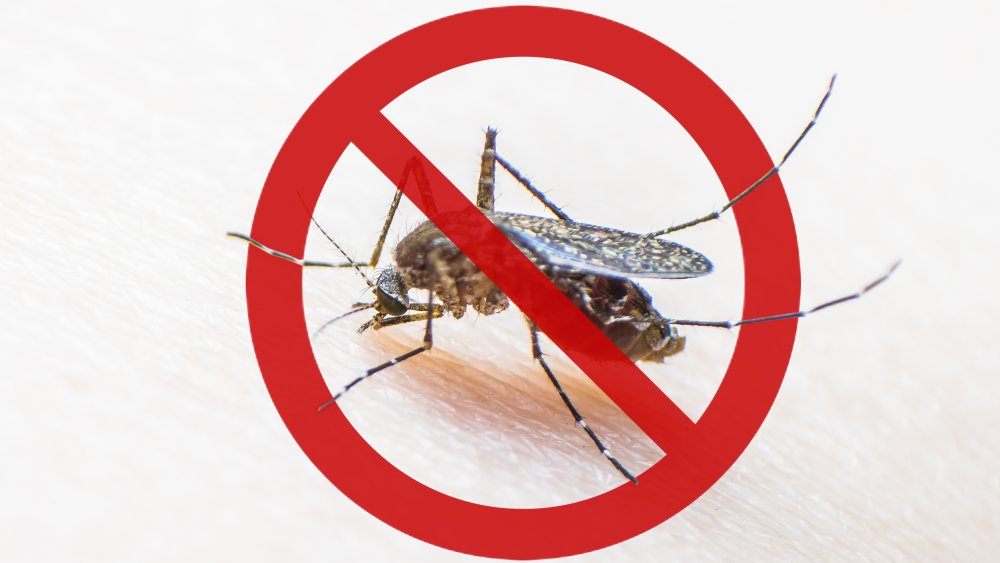The Messed Up History Of Malaria
According to the Centers for Disease Control and Prevention (CDC), malaria is transmitted via female Anopheles mosquitos that are infected with one of five possible parasites. The CDC cites statistics from the World Health Organization: "in 2018, 228 million clinical cases of malaria occurred, and 405,000 people died of malaria, most of them children in Africa" with underdeveloped immune systems. Symptoms of malaria include "high fevers, shaking chills, and flu-like illness," and it is fatal if not treated.
Per A Brief History of Malaria — Saving Lives, Buying Time, on the website of the National Center for Biotechnology Information, malaria is an ancient disease, perhaps even dating back to the Mesopotamian Empire. Its arrival in Rome is estimated to be in the First Century CE, and Roman soldiers and merchants proceeded to carry it throughout Europe. "For the next 2,000 years, wherever Europe harbored crowded settlements and standing water, malaria flourished, rendering people seasonally ill, and chronically weak and apathetic." Its spread into Asia particularly affected humid, mosquito-friendly climates such as India's Ganges valley and China's "hot and humid rice paddies bordering the Yangtse."
European explorers brought it to the United States, where it was "a plague" until the early 20th Century; the CDC was founded precisely because of malaria. Today, "by virtue of climate, ecology, and poverty, sub-Saharan Africa has been home to 80 to 90 percent of the world's malaria cases and deaths."
Parasites, mosquitos, and quinine, oh my!
French army doctor Charles Louis Alphonse Laveran is credited with discovering the malaria parasite in 1882 by examining "blood specimens from 192 malaria patients" and " ultimately recognized four distinct forms in human blood that would prove to be the malaria parasite in different stages of its life cycle." Surgeon-Major Ronald Ross of the British Indian Medical Service realized that mosquitos were carrying the parasite in 1897, and researchers at London School of Hygiene and Tropical Medicine detected the parasites in human blood in 1948.
By that point, malaria had been treated with quinine, with earliest anecdotal reports of effectiveness dating back to 1844. Intensive research into anti-malarial drugs truly started after World War I; since "the Allies controlled Java and its valuable quinine stores," Germany suffered massive casualties from malaria and prioritized future access to anti-malarial treatments. The breakthrough came with the production of chloroquine in 1934, which was utilized during World War II during another malaria outbreak. Quinine was again in short supply, and this time, the outbreak was among the Allied forces. The World Health Organization's "ambitious global eradication program" used it widely, which led to chloroquine-resistant strains of malarial parasites. Chloroquine is still used today, but per the Mayo Clinic, "in many parts of the world, the parasites that cause malaria are resistant to chloroquine." People now often rely on various ACTs, which are "a combination of two or more drugs that work against the malaria parasite in different ways."

